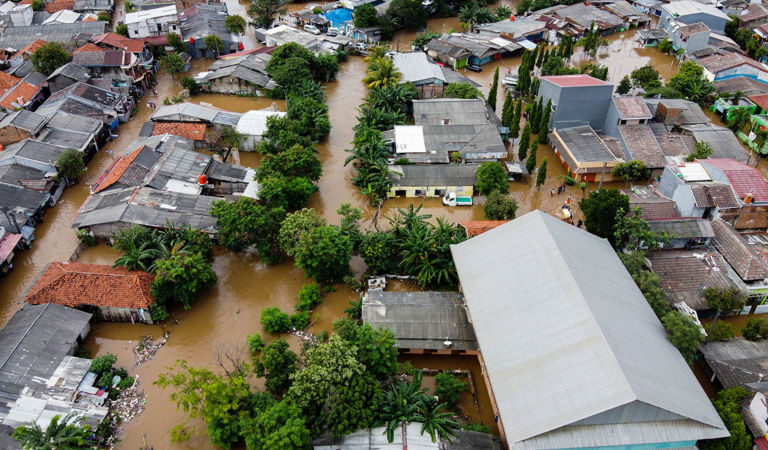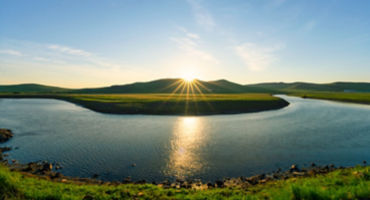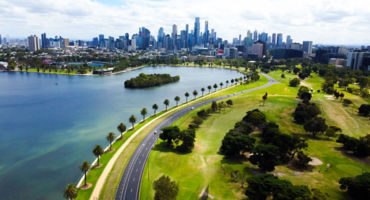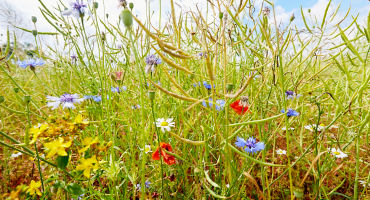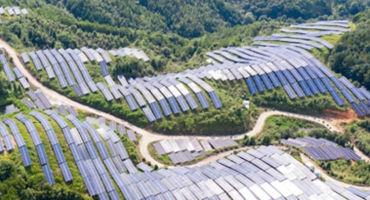Diversity of operations: Texas power grid shutdown
When temperatures plummeted to record lows across much of Texas in February 2021, the state’s power sector shut down. The Electric Reliability Council of Texas (ERCOT) carries 90% of Texas’s electricity load and serves more than 25 million households and businesses. During the extreme cold snap, liquid natural gas froze in non-insulated pipes and wind turbines iced over, ceasing to function. The resulting power outages deprived 4.5 million homes of heat and electricity for nearly a week. The deaths of 57 people across 25 counties are blamed on the crisis, and the state suffered an estimated US$195 billion in infrastructure damage.
The lack of operational diversity in Texas’s standalone energy grid may also have contributed to its resilience challenges. Most power plants in the state rely on natural gas, supplies of which were reduced by as much as 50% during the storm. Electricity generators were unable to produce enough power (or tap other energy sources), exacerbating the crisis. Amid rising climate volatility, Texas, like many other states, will need to diversify its power sources and harden its electricity generation and transmission infrastructure.
Modularity: Energy storage provides crucial backup power
In July 2022, a major European utility opened a large pumped-storage hydroelectric facility in Portugal. The new plant can store energy equivalent to that consumed by 11 million households during a 24-hour period. The company is also building wind turbine complexes that will be linked to the storage facility, creating a hybrid, modular power plant. Incorporating energy storage into its renewable power sources enables this company to manage supply and demand fluctuations across hydro and wind, depending on the availability of both resources. The result is a more resilient system that can operate regardless of conditions such as drought or heat.
Cohesion: Preparing for second-order risks
Hardening of electric grids is a climate-resilience imperative. Merely adapting a utility’s assets is not enough. Despite spending nearly US$3 billion adapting its operations for climate change, Florida’s largest utility, NextEra’s Florida Power & Light Company, was unable to prevent widespread blackouts during Hurricane Irma in 2017. At peak load, 62% of the state’s customers lost power. A report from the Florida Public Service Commission concluded that the leading cause of outages during the event was “fallen trees or branches that were outside of the utilities’ rights of way and where utilities typically do not have a legal access to perform vegetation management.”12
Ironically, while climate adaptation projects typically involve efforts to protect facilities from weather impacts, including hurricane-force winds, the company had not accounted for the impacts of trees felled by high winds. This example exemplifies the need for cohesion, as a pillar of resilience. Had the utility engaged the stakeholders responsible for vegetation management in their service areas, the grid resilience might have been assured, keeping millions of customers safer and more comfortable during the storm. Notably, efforts over the past several years by Florida’s utilities to upgrade transmission infrastructure and improve or bury distribution lines may have prevented worse damage and power outages in the wake of Hurricane Ian.


